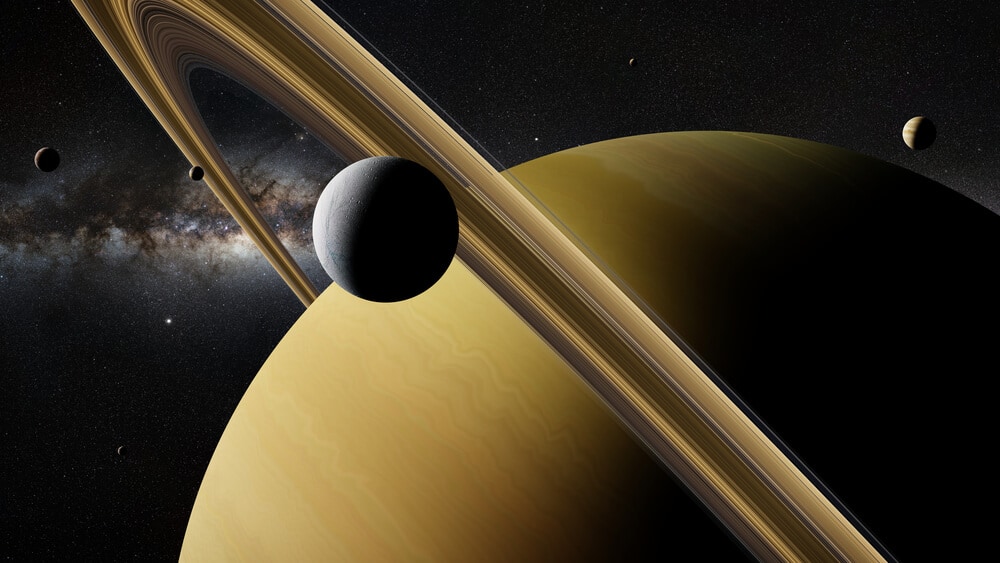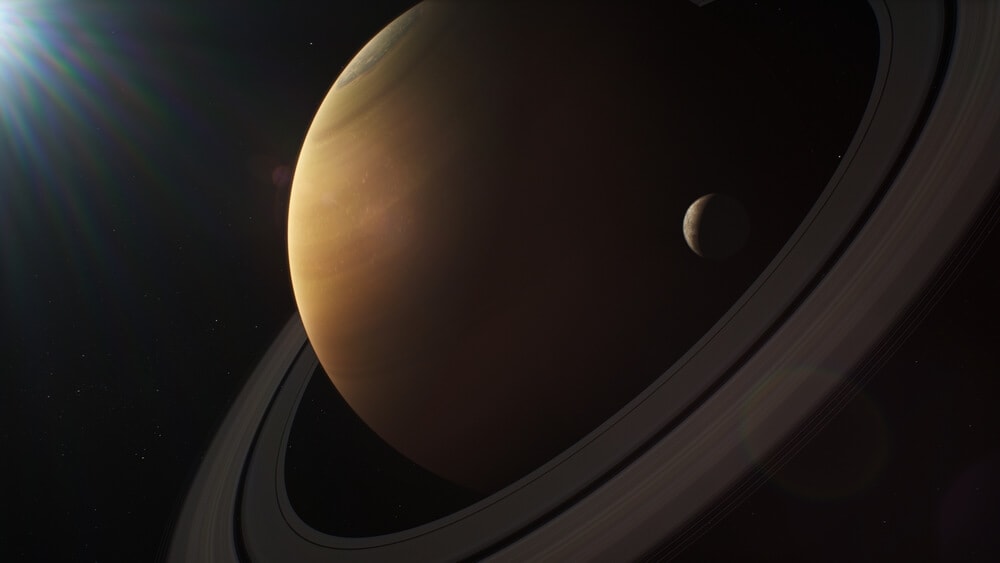Seven of the eight planets in the solar system are circled by atmospheres. They also surround some of the larger moons, including Saturn’s moon Titan and even Pluto, a Kuiper Belt object. On Earth, the weather impacts all of our lives and activities. The weather is determined by the motion and state of the atmosphere. It can change hour-to-hour or day-to-day. Some people confuse weather and climate as being interchangeable. However, unlike the weather, climate refers to an area’s average conditions over a longer period. Climate doesn’t change day-to-day but rather over decades to millions of years.
Each planet has unique weather patterns. You may be wondering: what drives the weather? The energy supply that powers the most weather on Venus, Earth, and Mars is light from the sun. Over the year, each planet’s regions near the equator are heated more than the poles. The atmosphere moves in response to this unequal heating, transporting the heat from warmer to cooler areas. These specific motions are reflected in the high and low-pressure weather systems that move across the middle latitudes.
In shorter terms, the weather is solar-powered. Two critical influences can alter the response of an atmosphere to this heating. The first influence is gravity, which prevents the atmosphere from quickly escaping to space and forms layers within the atmosphere. The second influence is the rotation of the planet. The rotation can deflect winds. Read on to find out about some of the most extreme weather patterns on other planets.
20. Titan experiences seasons, has clouds that rain, and has an atmosphere composed mainly of nitrogen, just like ours.

Titan is Saturn’s largest moon and the second-largest moon in the solar system after Jupiter’s moon Ganymede. It is one of the most unique moons in the solar system. Titan is covered in thick, hazy clouds. Saturn’s largest moon’s dense atmosphere is home to many lakes, rivers, and even glaciers. You might be surprised to learn that similar to places on Earth, it also rains and snows on Titan. However, it is crucial to recognize that while the weather and even climate have similarities to Earth, they couldn’t be more different. On Earth, rain and snow are primarily composed of water.

Titan is significantly different in that the mixture is mostly made up of methane. Also mixed in are a little ethane and propane. This methane cycle on Titan falls from the clouds straight into the lakes, rivers, and seas. While we have methane on Earth, it is in gas form rather than a liquid state. On Titan, to freeze the methane out of the clouds, it must be colder than -296.5 degrees Fahrenheit. This extreme weather pattern makes Titan look a little less vacation-friendly. You may also be shocked to learn that hundreds of times more natural gas and hydrocarbon fuel on Titan than on the entire Earth.
